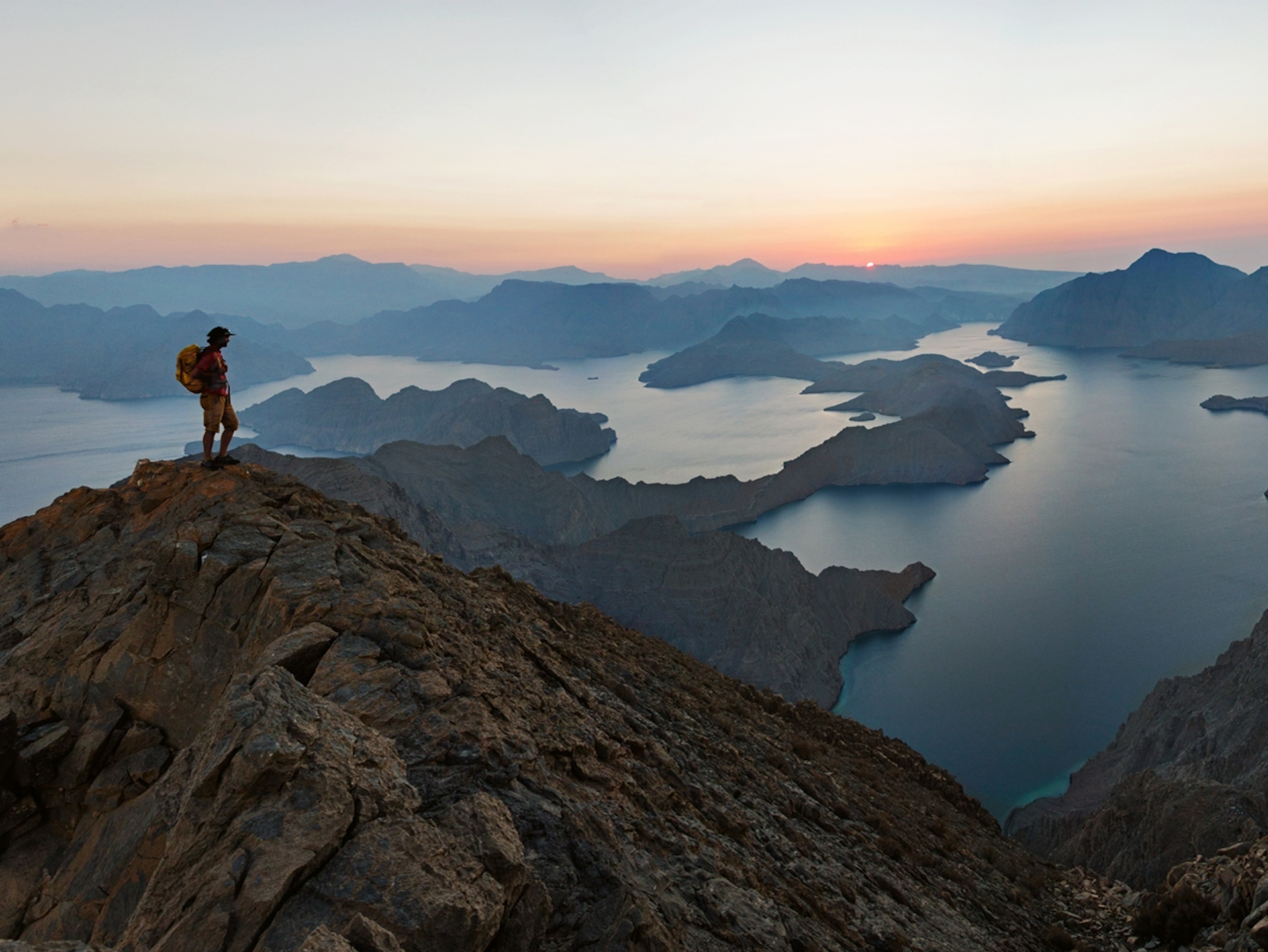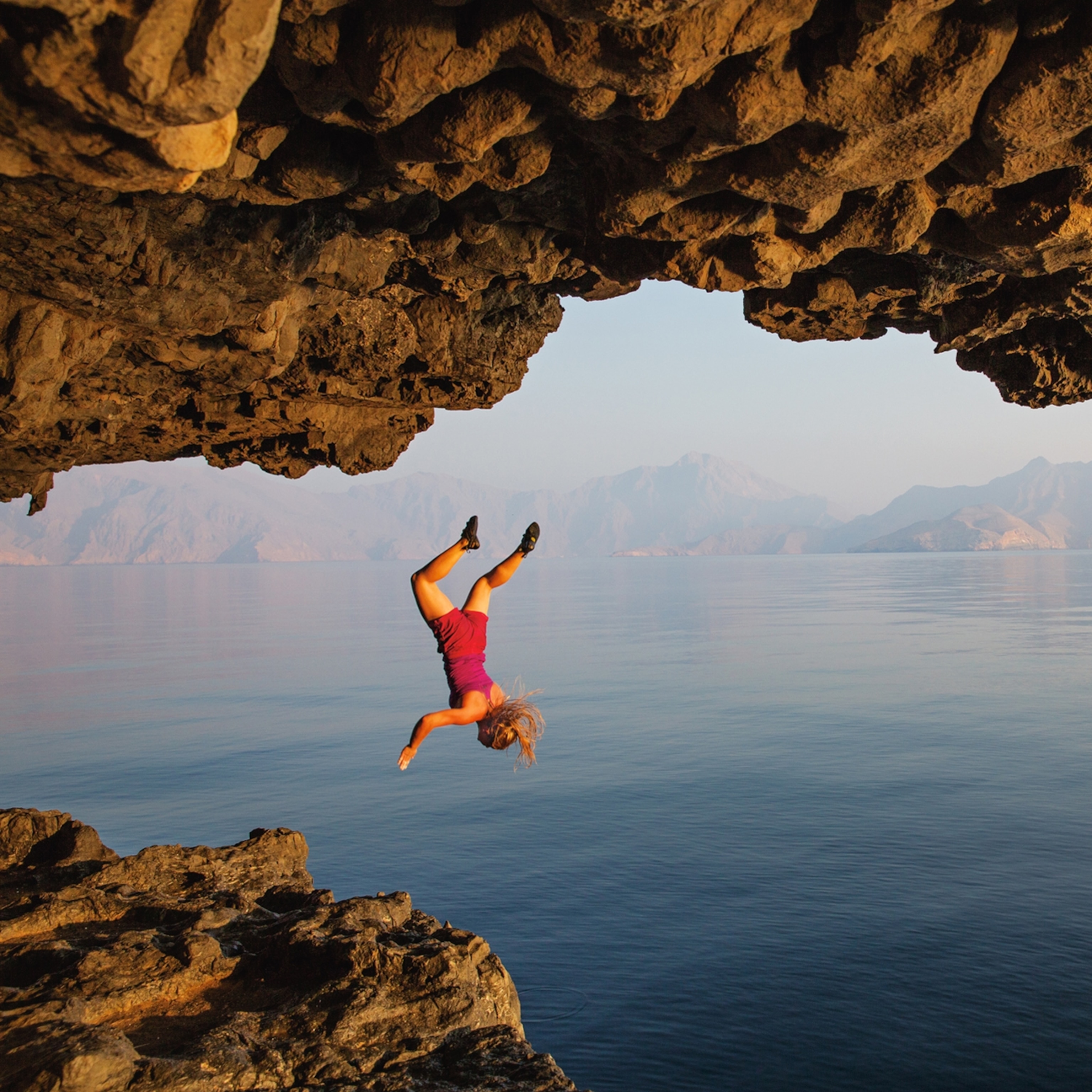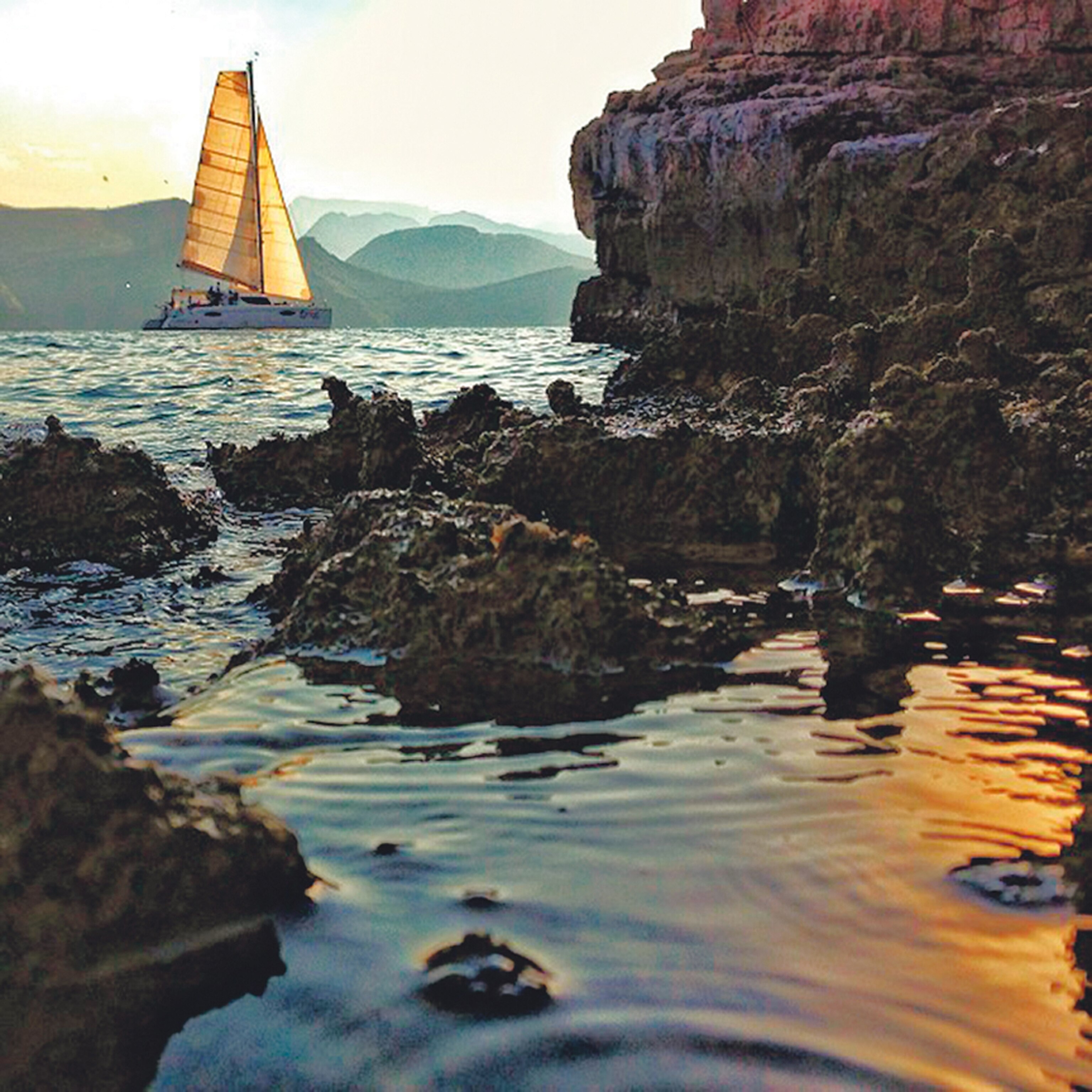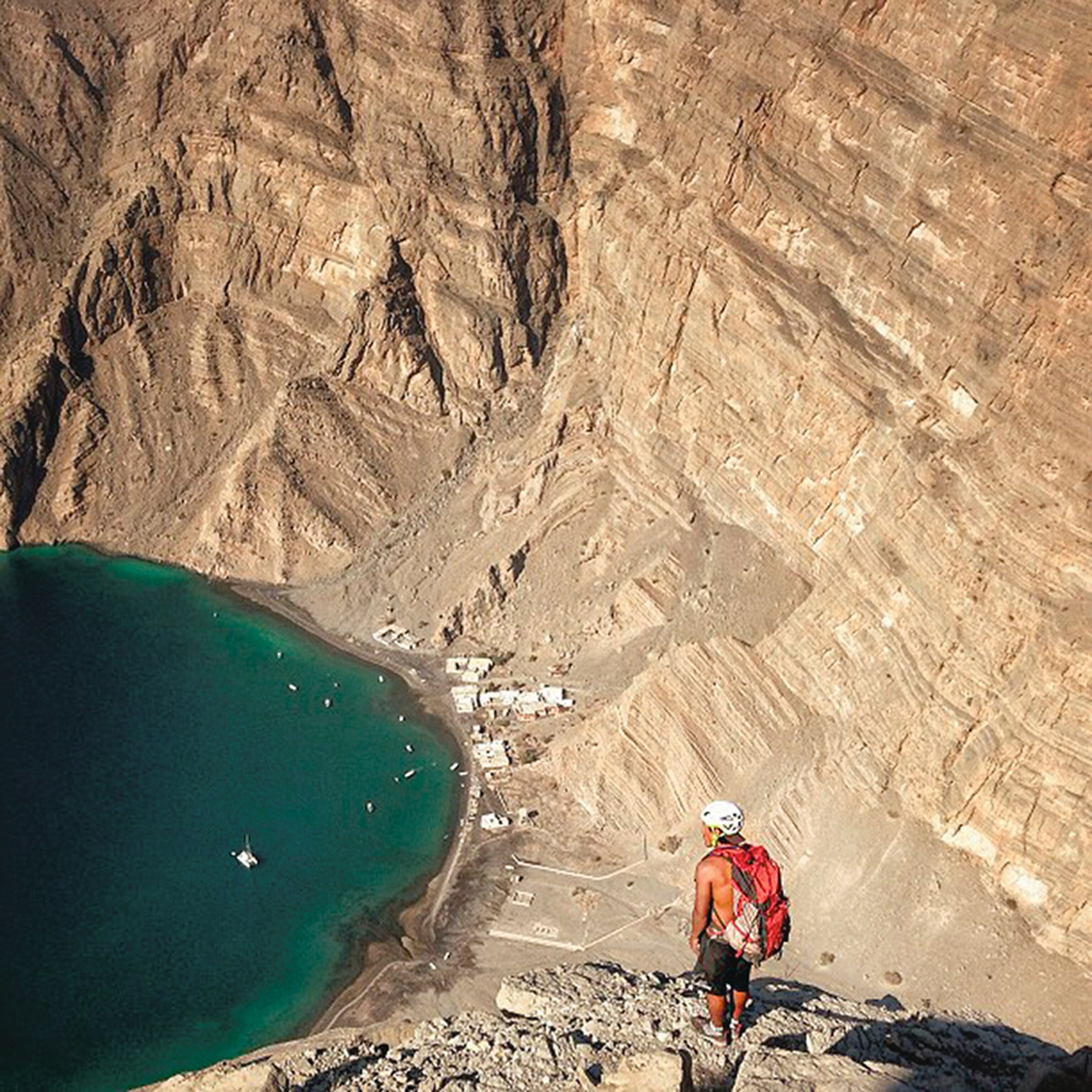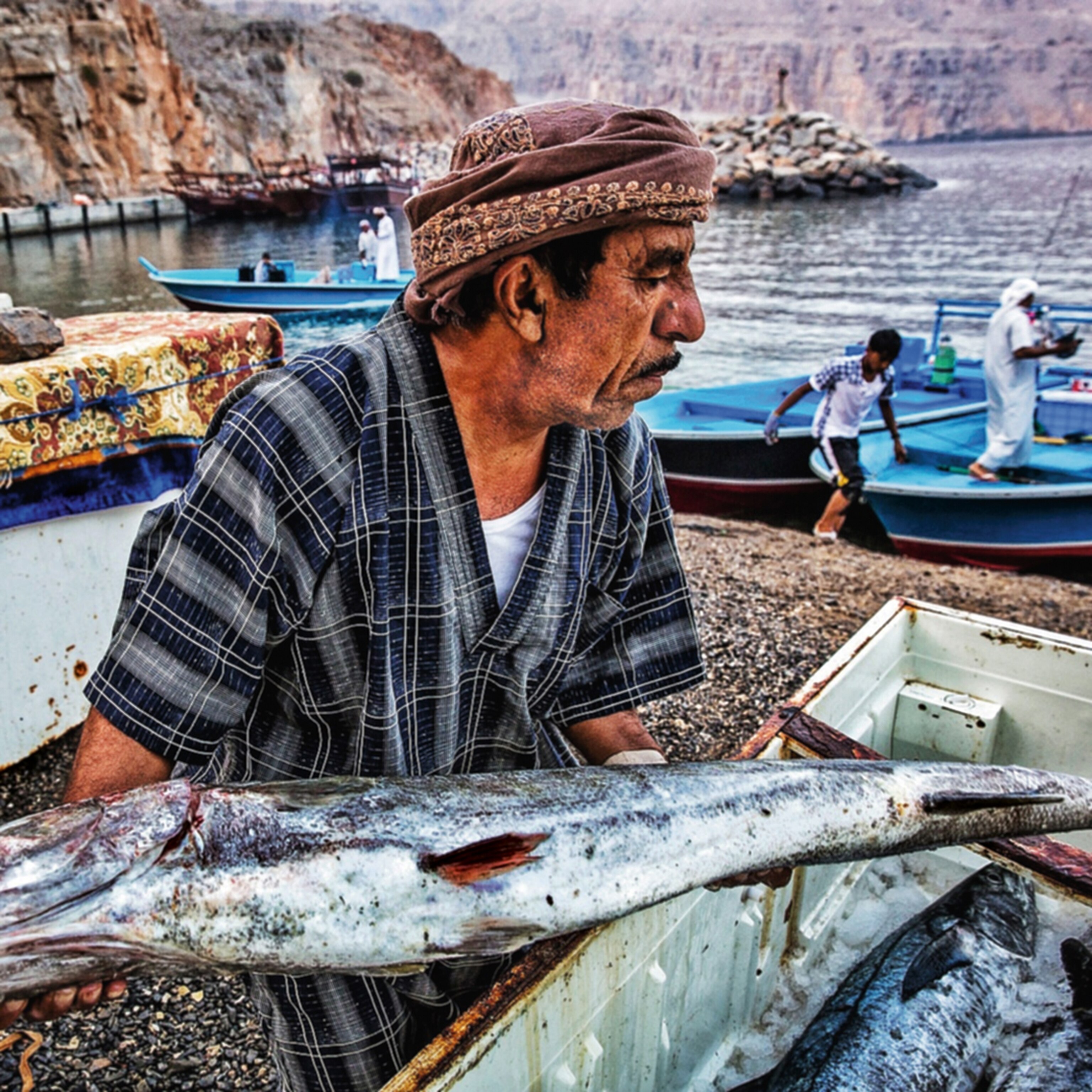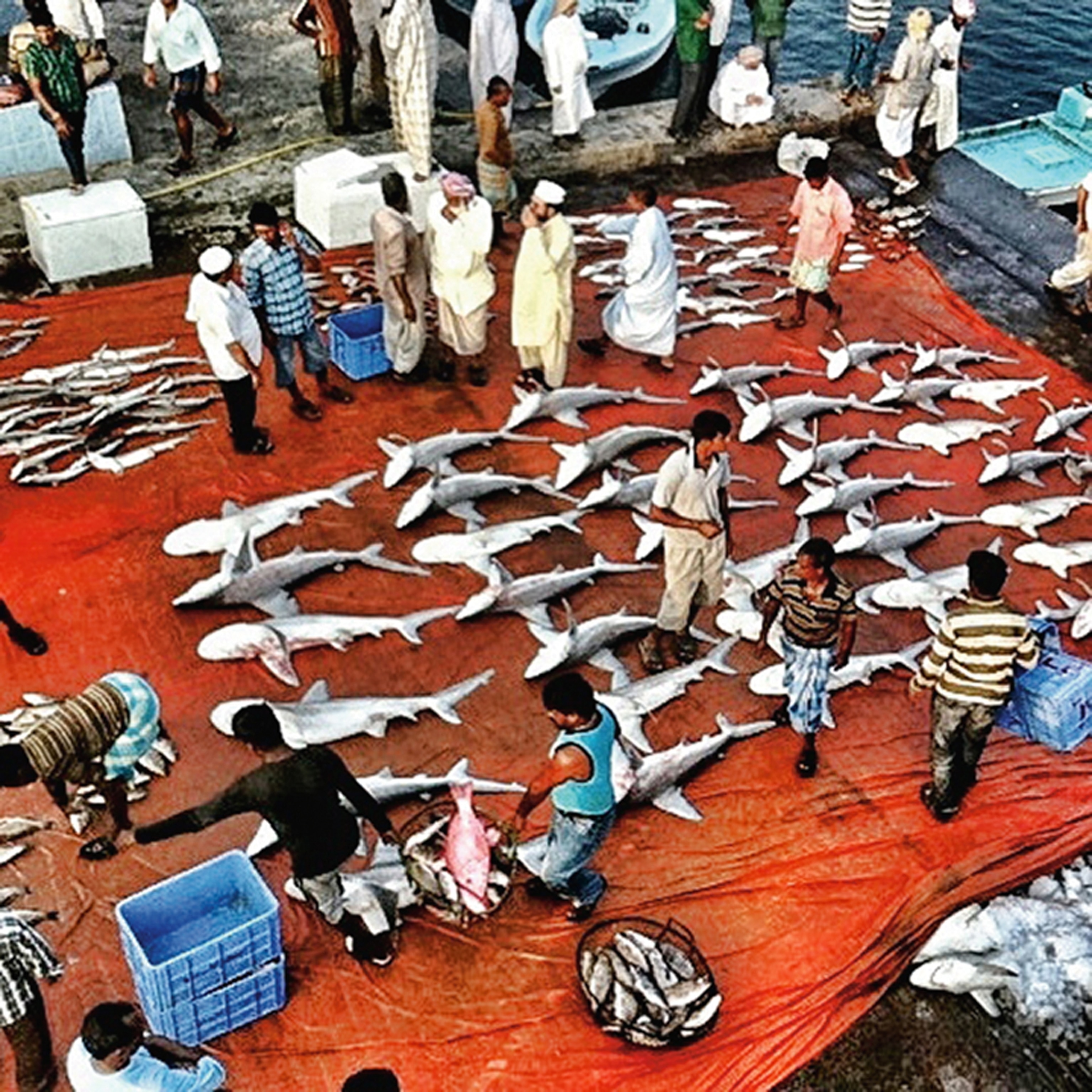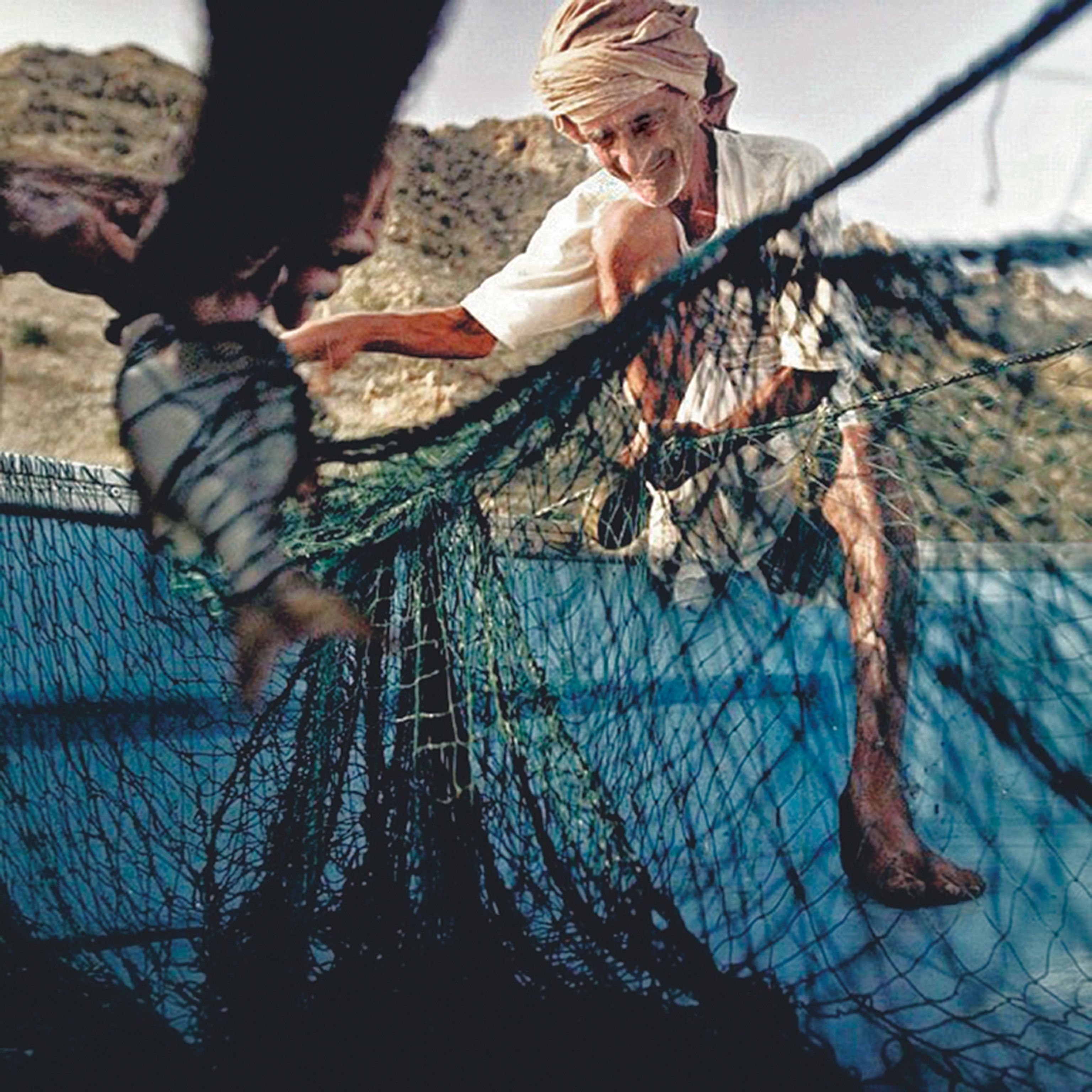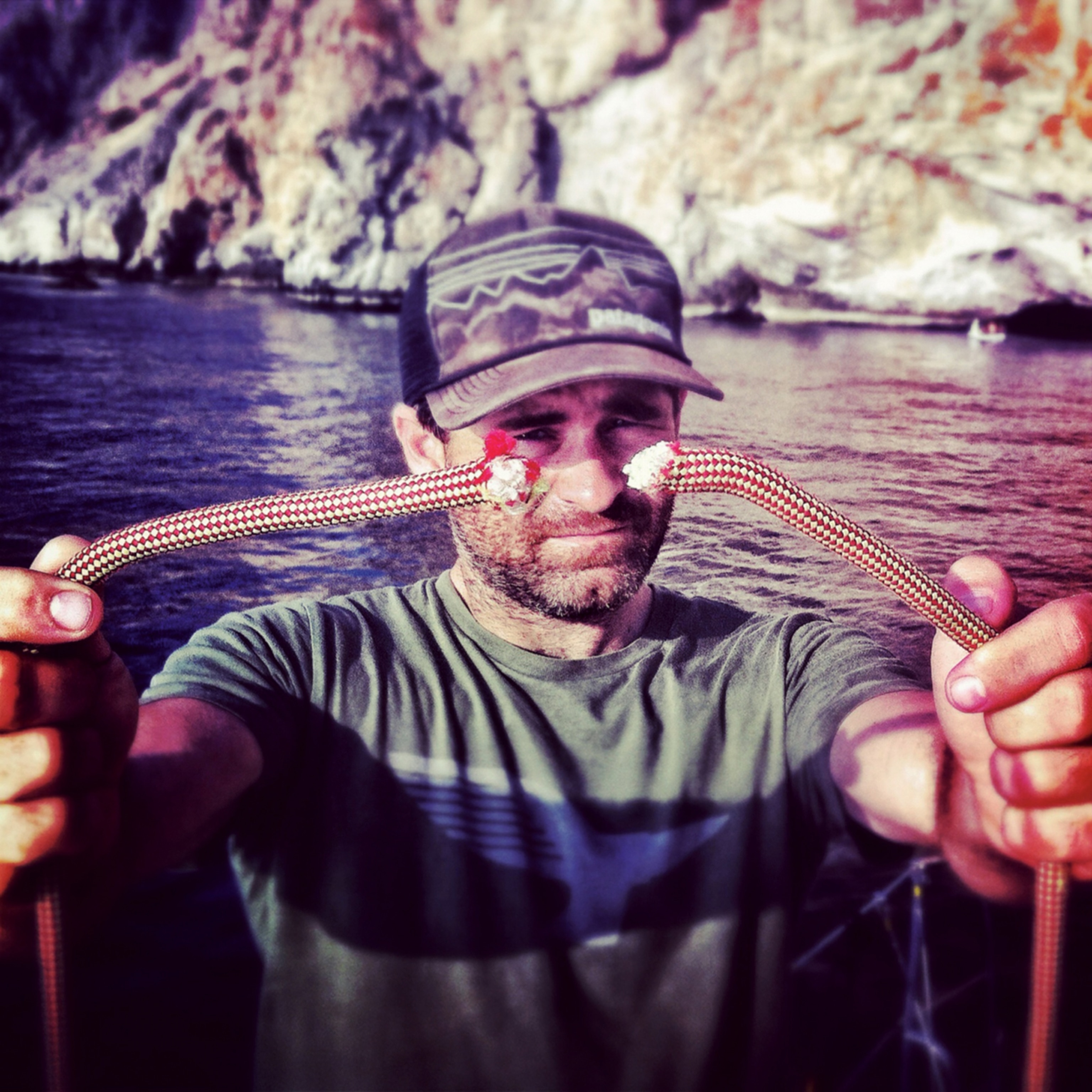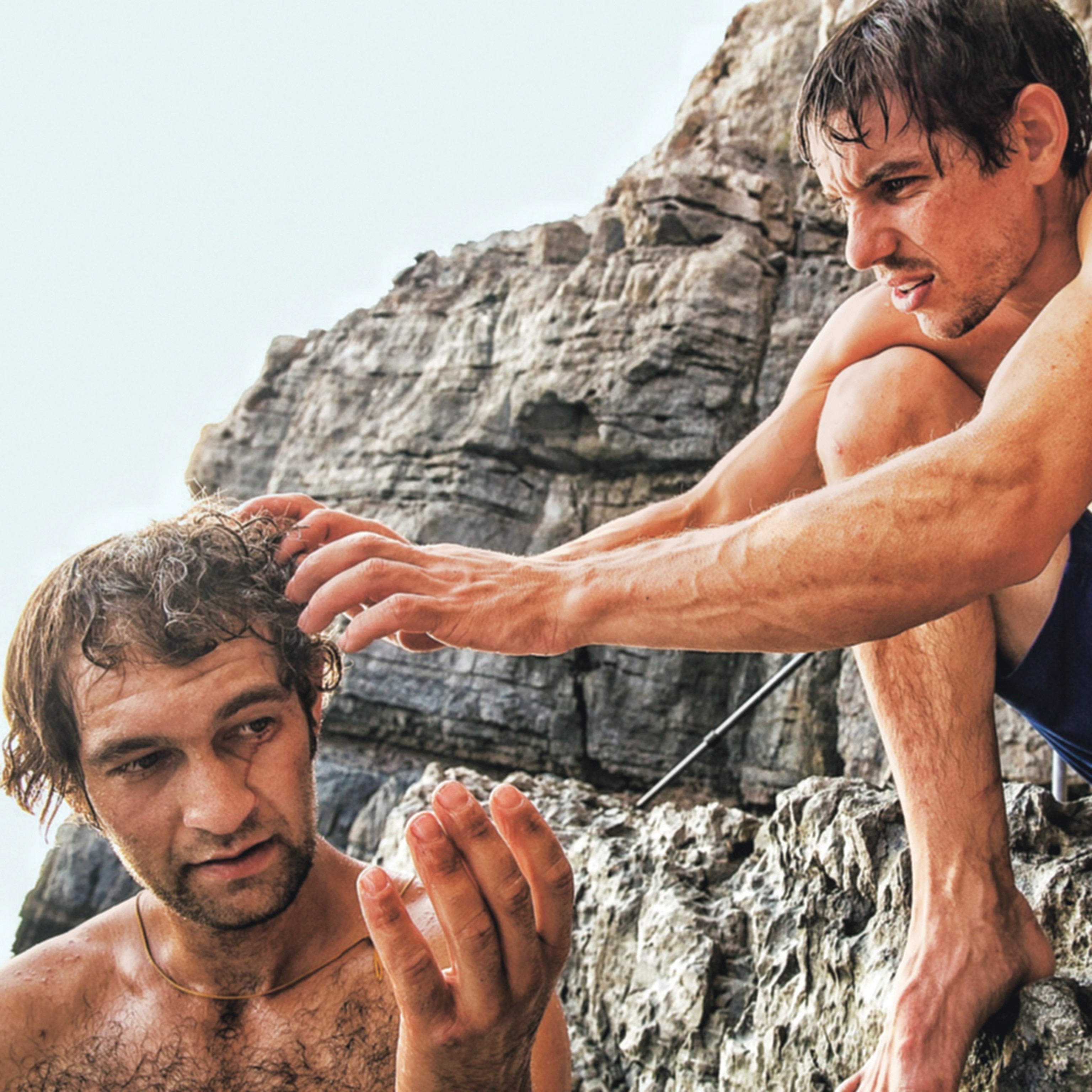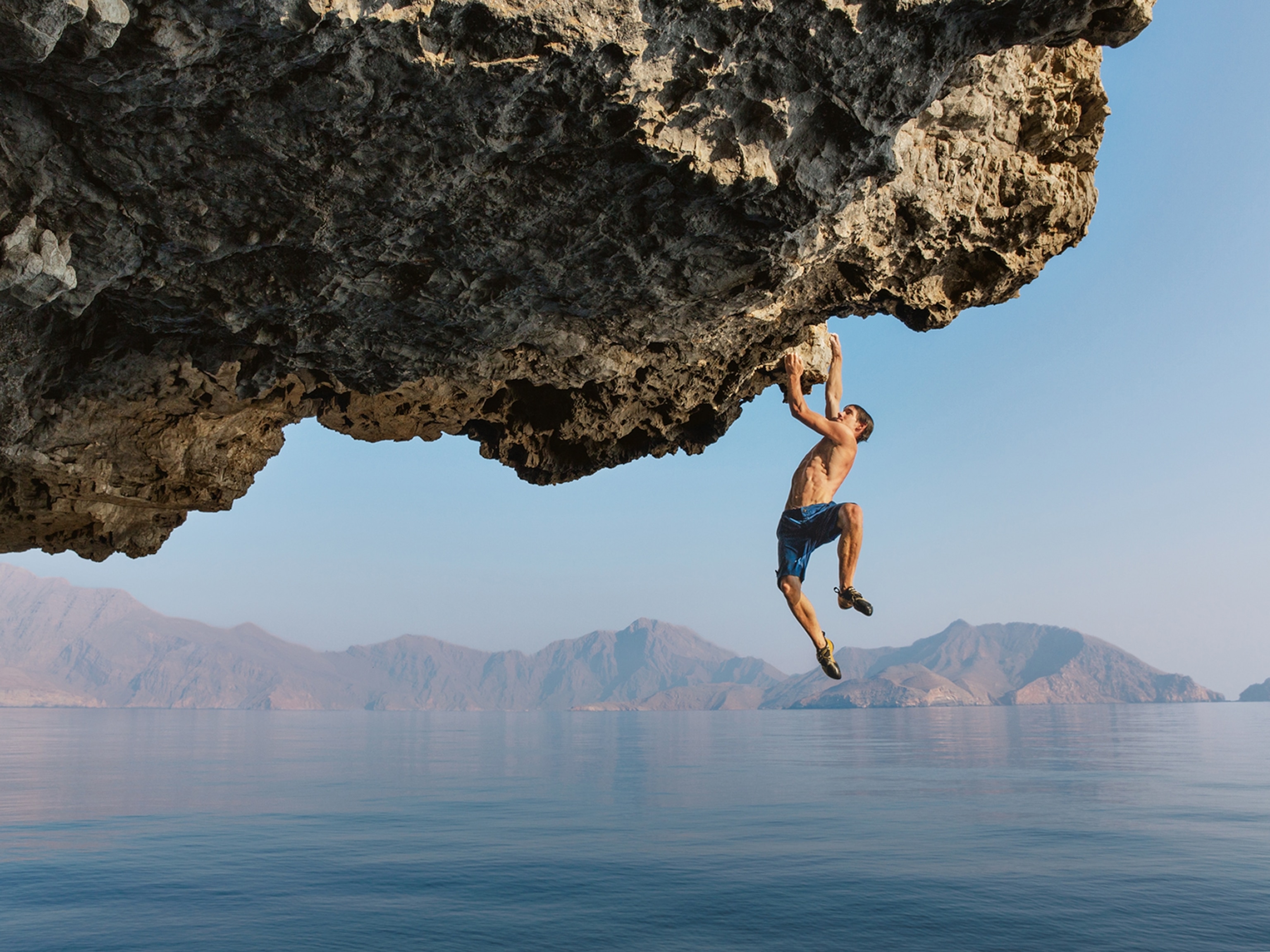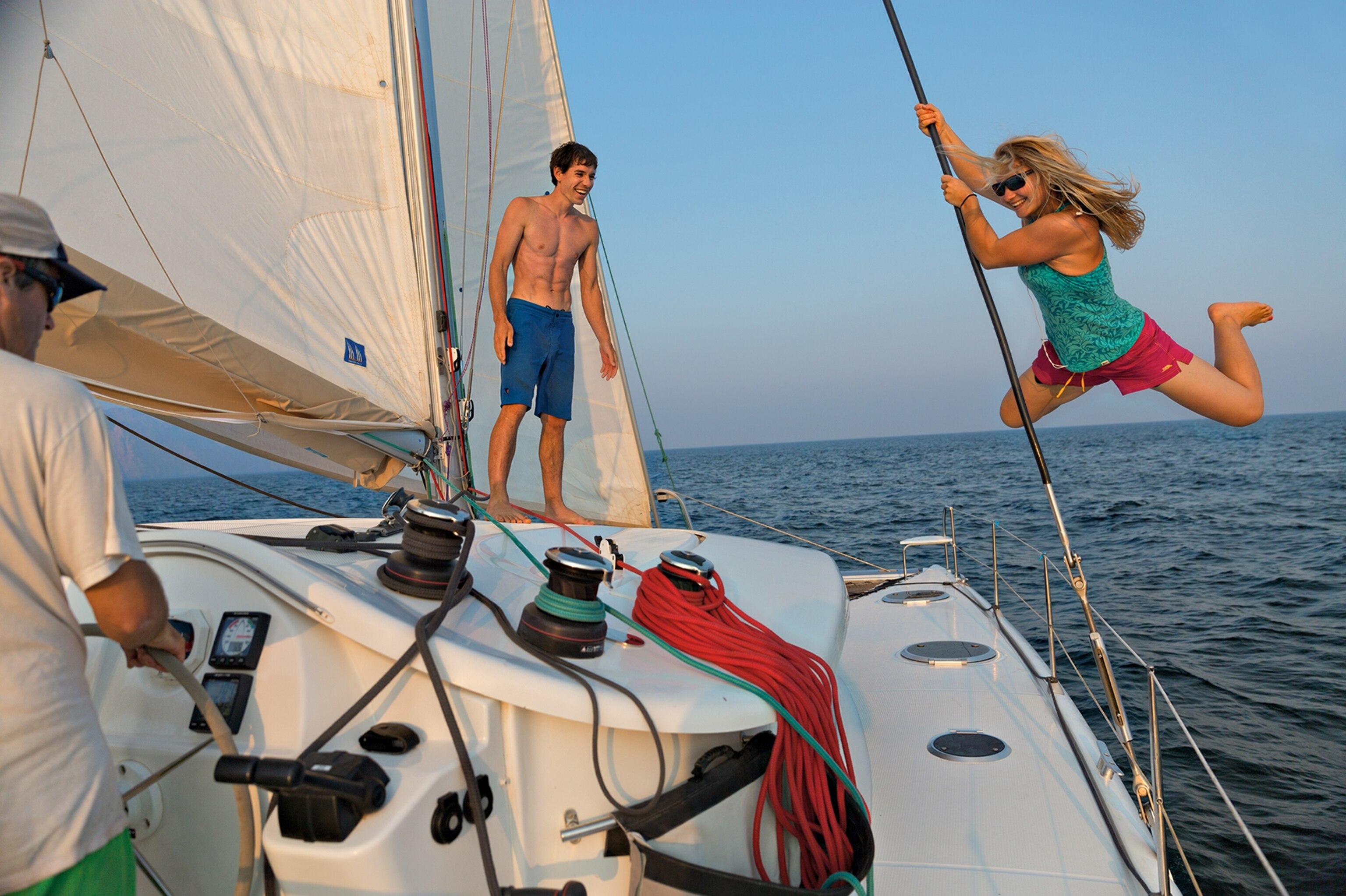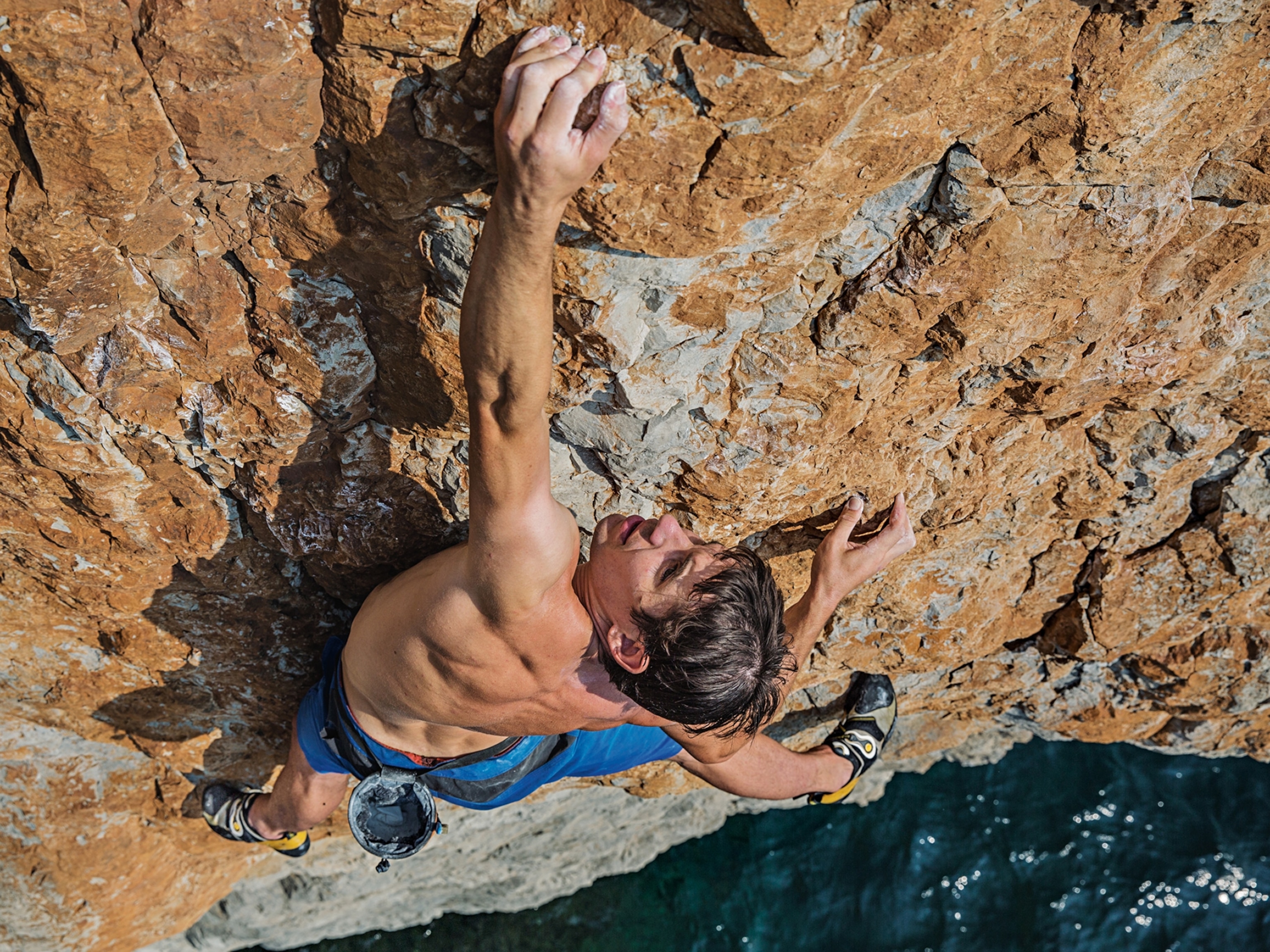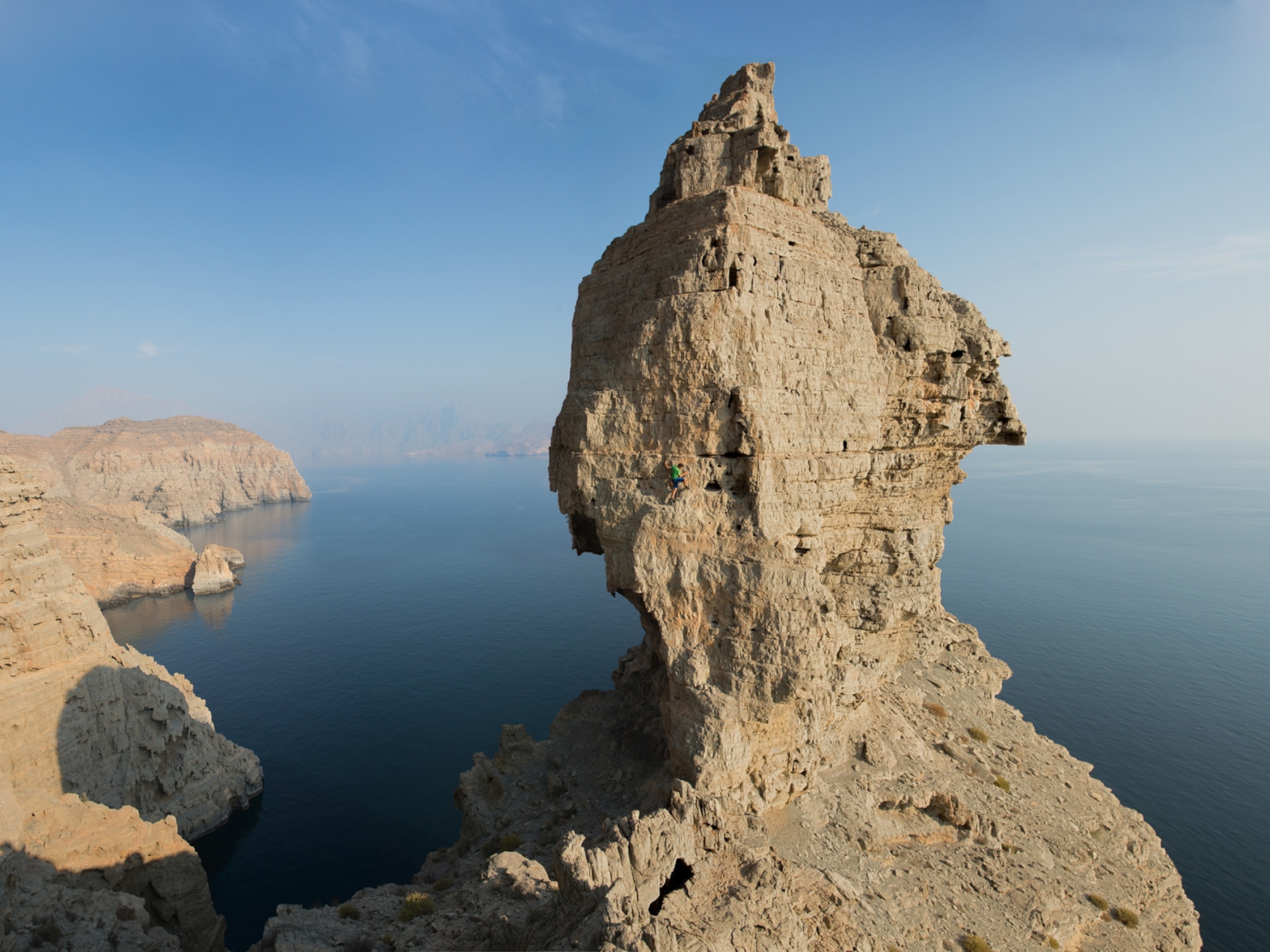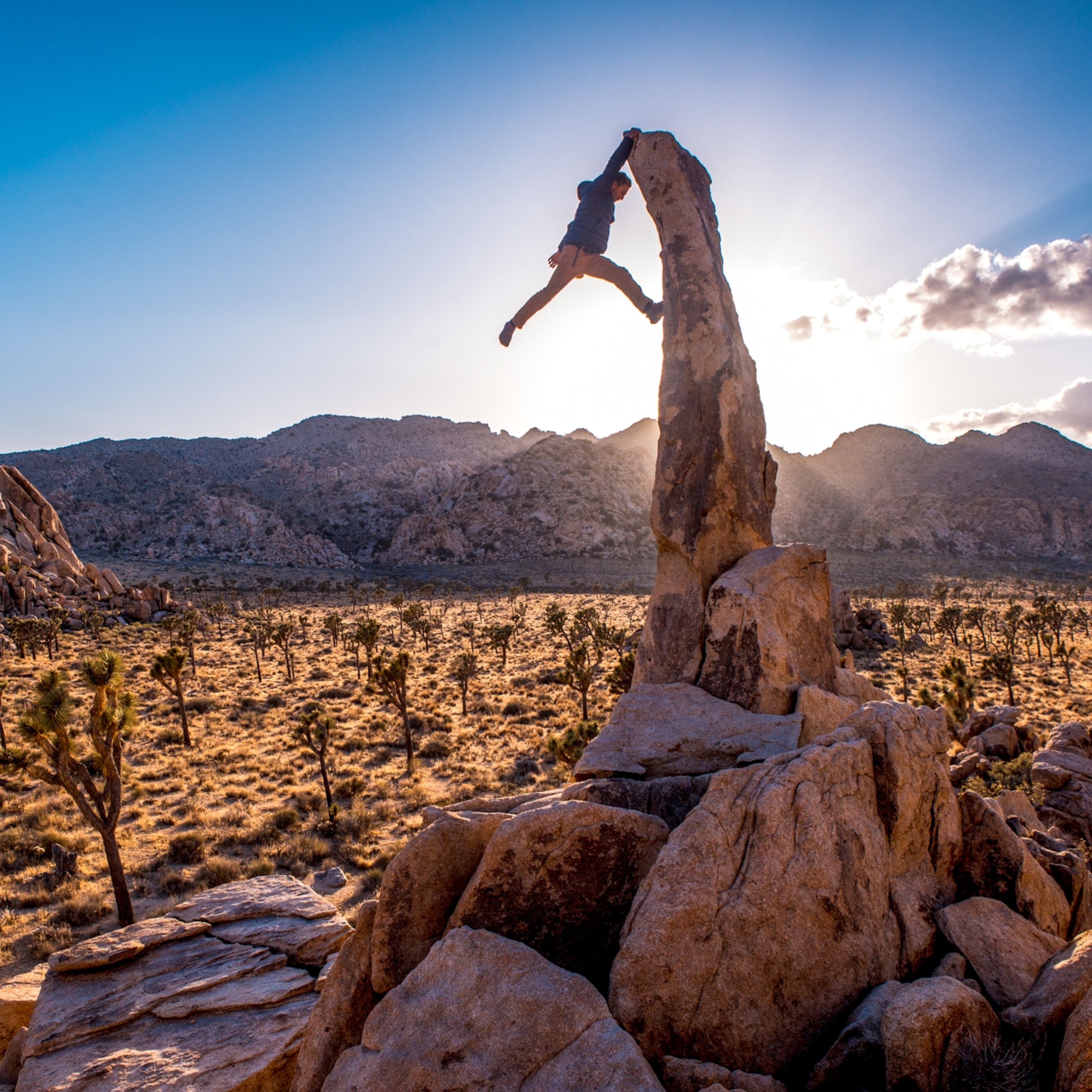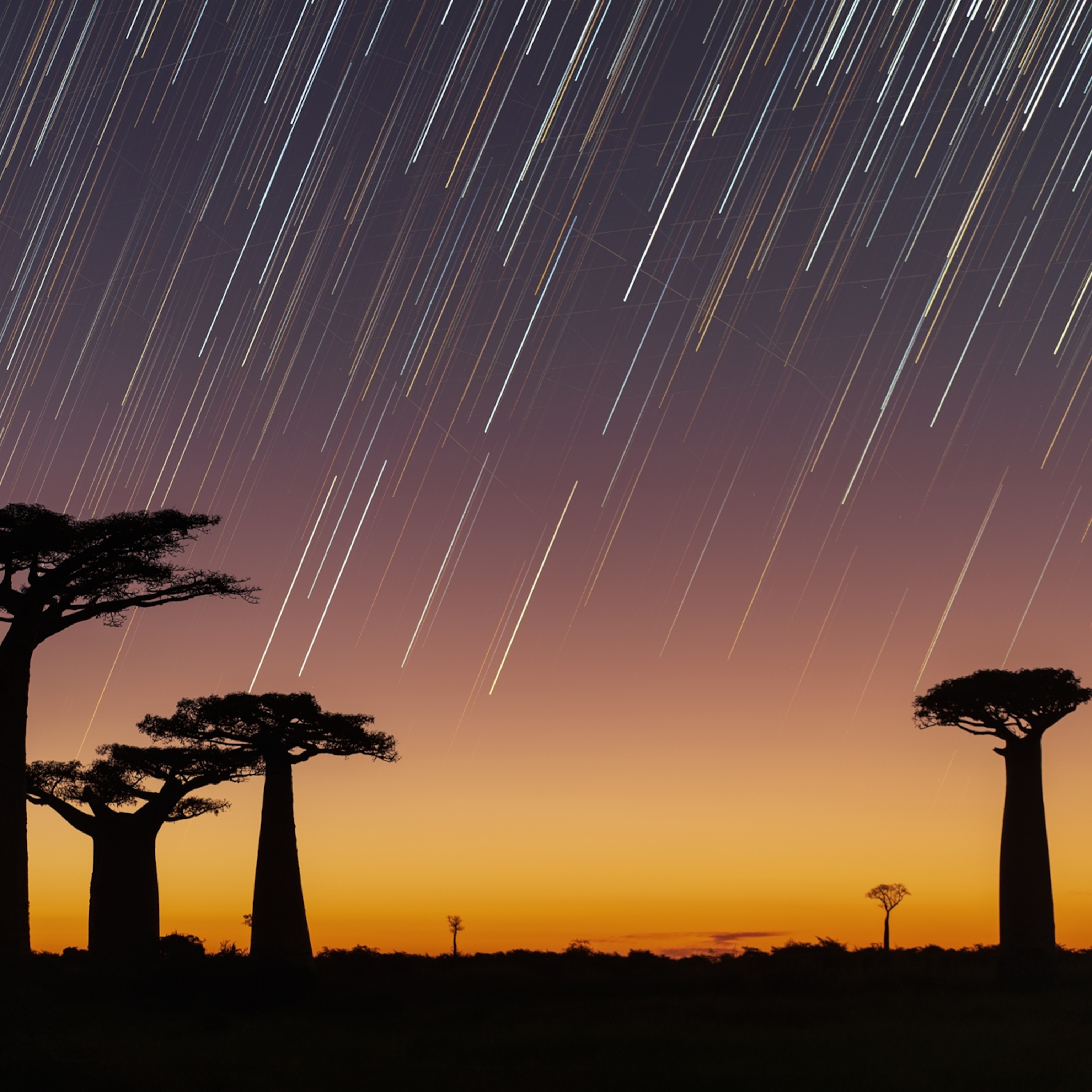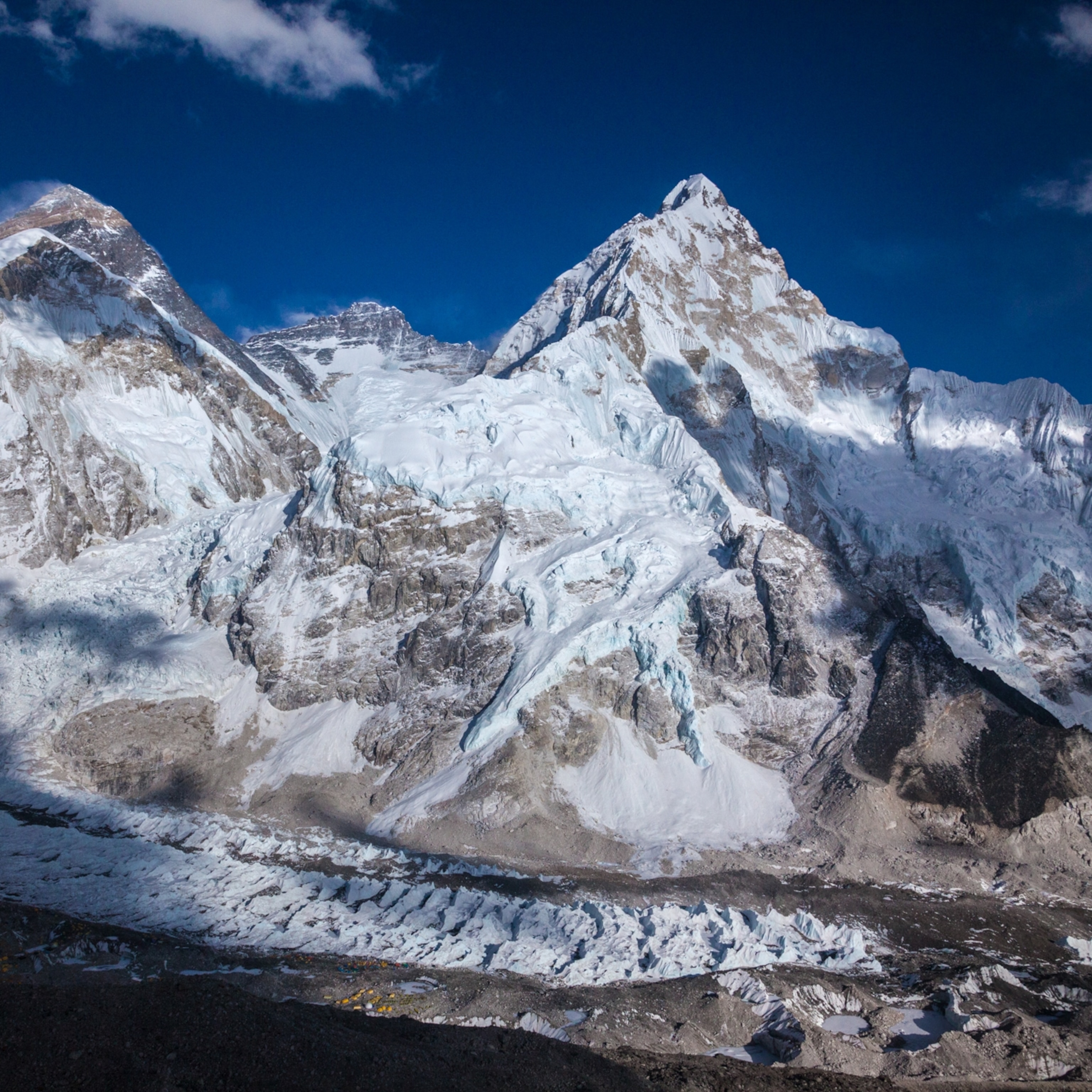Impossible Rock
On the northern coast of Oman a team of young climbers test themselves against knife-edge seaside cliffs.
“Do you mind if I look around?” Alex asks the villagers.
We’re standing with a group of fishermen in front of a small mosque in northern Oman. A row of whitewashed buildings lines the pebbly beach. Behind the village rises a sheer 3,000-foot cliff that shimmers under a blistering midday sun.
“You can do as you please,” says Taha Abdullah Saif Althouri, speaking for the group.
There are no roads in the village, which lies at the head of a deep fjordlike waterway on the remote Musandam Peninsula. The only way to get here is by boat, which is how we arrived.
Jutting deep into the world’s busiest oil shipping channel, the peninsula lies only 24 miles from Iran and is one of the most strategic military locations in the world. Yet for centuries the peninsula was inaccessible, little known, and seldom visited by outsiders. The sultanate created a Ministry of Tourism in 2004 hoping to stimulate the economy, but so far it has had little effect in the region.
As Alex wanders off, we explain to the fishermen that we’re professional rock climbers on an exploratory visit. The men, dressed in white and tan dishdashas, puff on their pipes and nod. The mountainous peninsula on which they live is an intricate maze of bays and fjords, called khors. Few climbers have ever touched its sheer limestone cliffs. We had learned of the area’s potential from some British climbers who visited in 2005.
There are six of us on our team, including two of the best young climbers in the world, Alex Honnold and Hazel Findlay. Alex, a 28-year-old from Sacramento, California, made headlines in 2008 when he scaled the 2,000-foot northwest face of Half Dome in Yosemite without a rope. Hazel, 24, who grew up climbing in Wales, in 2011 became the first British woman to free climb the 3,000-foot wall on Yosemite’s El Capitan.
Taha tells us that this village, known as Sibi, is home to about a dozen families that all share the same last name, Althouri. Besides fishing, they make their living primarily as goat herders.
Suddenly one of the men stops in his tracks, points up at the towering cliff, and starts shouting. A thousand feet above us Alex is climbing, antlike, up the rock wall. The Althouris are beside themselves.
“What are they saying?” I ask our translator.
“It’s hard to explain,” he replies. “But essentially, they think Alex is a witch.”
I can understand why. Even for me, Alex’s skills are hard to grasp. But so is this landscape: In 28 years of climbing I’ve never seen rock formations as magical. In places the land rises straight from the ocean in knife-edged fins.
Proximity to the sea makes these cliffs perfect for deepwater soloing, a specialized type of climbing in which you push as far up a wall as you can, then simply tumble into the water. It sounds harmless enough, but an out-of-control fall can cause serious injury and even death.
We’ve rented a 44-foot catamaran to serve as our mobile base camp. Besides Alex and Hazel, our team includes photographer Jimmy Chin, filmmaker Renan Ozturk, and rigger Mikey Schaefer. One of the places we thought would be perfect for visiting by boat is As Salamah, an uninhabited island in the Strait of Hormuz.
“It’s too close to Iran,” says our guide, Abdullah Said al Busaidi, a veteran police officer from Muscat, Oman’s capital. Peering through the thick haze, we see the hulking outlines of oil tankers in the strait. Nearby, dozens of speedboats cut back and forth, their decks piled high with crates.
“Smugglers,” Abdullah says.
UN sanctions against Iran have created shortages of goods such as cigarettes, refrigerators, and flat-screen TVs, as well as supplies of food and medicine. With Khasab, the region’s largest town, as little as an hour by speedboat from Iran, and 123 miles by highway from Dubai, a black market thrives here.
“We can’t catch them all,” Abdullah says, as an Iranian speedboat roars past.
We arrive at the island in early afternoon. As Salamah, we discover, is nothing more than a giant rock rising from the sea, and there is nowhere to anchor. So we drop the sails and use the catamaran’s twin engines to park the boat just offshore.
Wasting no time, Alex and Hazel lace up their climbing shoes, dive from the boat, and swim to a cliff where the ocean has carved out a cavern with an overarching 15-foot roof. Within minutes Alex has reached the cavern’s ceiling, where he finds a series of tiny holds along a protruding rib of dark gray limestone. It’s exactly the kind of challenge he and Hazel have been looking for, with every move more difficult than the one before. Hanging upside down, holding on to bumps in the rock no bigger than matchboxes, Alex hooks the heels of his sticky-soled shoes over a small protrusion. Defying gravity, he lets go with one hand and snatches for the next hold, reaching a spot about halfway across the roof. There the rock becomes too slick for a heel hook, so, with Hazel cheering him on, Alex dangles his legs and swings like a chimp from one tiny edge to the next.
At the lip of the roof Alex finds a way to hook his right foot over a sloping knob. Locking off with one arm, he gropes blindly over the lip with his other, feeling for a tiny crease into which he crushes his fingers. With nowhere to go from here, he looks down at the water 25 feet below. In other circumstances falling could have deadly consequences for a free soloist like Alex. With his arms failing, his survival instinct is kicking in.
“Come on, Alex!” Hazel screams, urging him to finish his new route. Alex lunges over the lip with a grunt, but his legs swing out, and he peels off the rock and leaps into the water.
“I hate jumping off things,” Alex says, swimming back to the wall for another try.
That night we dock at Kumzar, a village on the northern edge of the peninsula. More than 2,000 people live here in one of the oldest settlements in the region. Their densely packed houses crowd a few acres of level ground at the foot of a soaring rock-walled ravine.
The morning call to prayer, broadcast from speakers mounted on a nearby mosque, awakens us at 5 a.m. Within half an hour a dozen fishermen appear at the wharf to collect the previous day’s catch, left on ice in old refrigerators. The variety of their haul is impressive: sharks, tuna, grouper, snapper, needlefish, and mackerel.
The Kumzaris are an extended family with their own language, a legacy of the cultural collision that has been going on here since ancient times. Linguists don’t know exactly how Kumzari developed, but it’s genetically related to Persian and Arabian languages, with words borrowed from Hindi, Portuguese, and even English. One theory is that the Kumzaris were originally from the mainland and were pushed out onto the tip of the peninsula by Bedouin Arab invaders in the seventh century. Another, more intriguing theory is that their ancestors had contact with shipwrecked sailors who washed ashore, perhaps as long ago as the Middle Ages.
From Kumzar we sail east toward the Fakk al Asad, or “lion’s mouth,” a narrow strait named for the fanglike red and orange limestone pillars that jut from overhangs at its entrance. Alex and Hazel spend the day working on a 200-foot route up one of the pillars.
That night we anchor in the bay at the base of a 500-foot Gothic tower we dub the “sand castle.” Before joining Alex and Hazel for the climb the next morning, I suggest that we take along ropes and safety gear. As expedition leader, I’m responsible for keeping everyone out of harm’s way. The young climbers scoff, saying that to them it’s nothing more than a hike. I think of myself as a young 44-year-old, but trying to keep up with these two has made me feel old.
During a climb earlier in the trip Alex had scampered up a 1,500-foot wall with our rope in his pack.
“Hold on a second!” I’d yelled. What if the rest of us needed it?
“Don’t worry,” he’d replied. “I’ll stop when I think it’s appropriate for us to rope up.”
Once again I’m slightly annoyed that neither of them seems to care whether I’m comfortable climbing without a rope. As a father of three, I have a healthy preoccupation with my well-being.
“You’ll be fine,” Alex calls down, as he and Hazel disappear from view.
The rock here is badly shattered, what climbers call choss. As I cling to the dead-vertical wall, I test the integrity of each hold by banging it with the heel of my hand. Sometimes the rock sounds hollow or even moves, and these places I avoid. Staring down between my legs, I see the catamaran bobbing in the bay far below. The last 20 feet turn out to be the hardest part, a steep, crumbling wall that leads to a tiny pinnacle so pointy we have to take turns climbing up onto it.
“You lived,” Hazel says, slapping me a high five as I plop down on a ledge beside Alex and her, my nerves frazzled. Below us the clawlike fingers of the Musandam Peninsula glow orange with the setting sun. Looking down at the tortuous shoreline, which fans out in every direction, we’re gazing at a lifetime’s worth of climbing.
As I turn to my youthful partners for their thoughts, I see they’ve already packed up. For them the moment has passed. “Let’s go,” Alex says impatiently. “If we hustle, we can get in another climb before dark.”
